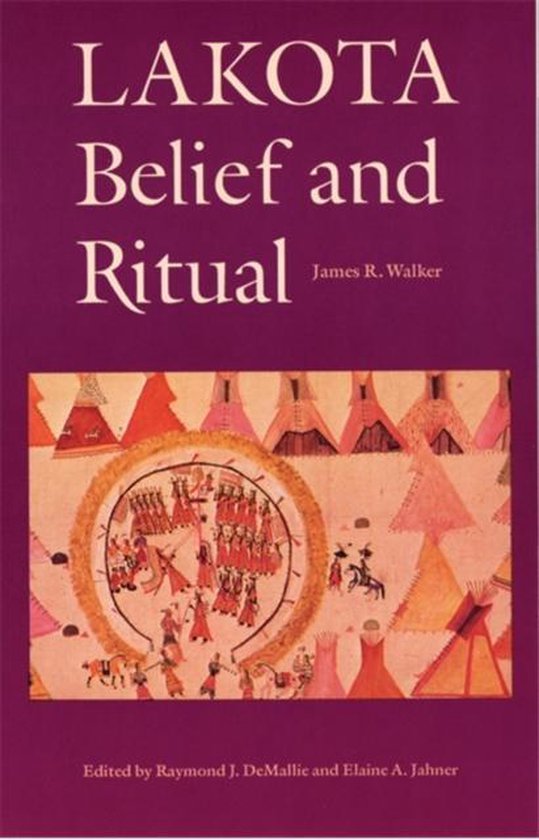
Native American Healing
Native American Healing: A Lakota Ceremony illuminates the world of Native American healing by describing the elements of healing ceremonies conducted by one traditional Lakota spiritual leader, commonly described in English as a medicine man. Howard Bad Hand, a widely known and respected Lakota singer and ceremonial leader, was blessed with the rare opportunity of a formative education in the highest expressions of both his native Lakota culture and of the dominant Anglo culture. Born into the fourth generation of the Bad Hand family of traditional song keepers for the Sicangu band of the Teton Lakota on the Rosebud Reservation in South Dakota, he was immersed in music and ceremony from the cradle onwards. As a young man, he attended prep school at The Lenox School in Lenox, Massachusetts, followed by university education at both Dartmouth College and Harvard University. Prohibited by the tenets of his training in the spiritual traditions of the Lakota people from discussing/revealing the traditional knowledge of the internal mechanics of the ceremonies he conducts, Howard writes instead of the aspects that are uniquely his ……. the personal experiences which evolved into his ability to conduct the ceremonies he performs. That many of these experiences were seemingly mundane encounters with elder Lakota friends and relatives is testimony to the intensely practical nature of Lakota spiritual tradition. The opening chapter, titled Ritual and Ceremony, introduces the reader the conversational story-telling style of Lakota discourse. Contexts are created from Howard’s personal experience and populated by stories that penetrate one’s understanding. The physical and imaginal framework in which Lakota ceremonies are conducted is likewise developed through storytelling and enhanced by three illustrated diagrams of the sacred space Howard creates for the ceremonies he performs. The chapter closes with a written replication of the opening moments of the ceremony the reader is about to enter. The Lakota world view is animated and punctuated by music. Virtually every ceremony, secular or sacred, conducted in traditional Lakota society is grounded in music …. to the Lakota, music is the language of creation. The stories in Chapter 2, The Music and Its Role, recount the author’s early childhood immersion in music and its ceremonial function. His inherent singing talent and gift of musical memory were recognized and encouraged by accomplished elder Lakota singers and spiritual leaders, including, among others, John Fire, Ben Black Bear, Sievert Young Bear, Dawson No Horse and Charlie Kills Enemy. Until recent times the performance and uses of Lakota secular and sacred music were kept strictly separate. Sacred concepts were not incorporated into secular music. Howard discusses the relaxation of that taboo, occasioned by the appearance of younger song-makers, including himself, who created new songs incorporating the innate appeal of the sacred into popular secular music bringing hearts and minds together in a flowering of the sentiments of joyous living and community. Chapter 2 closes with a list of the different categories of songs used in the ceremony the reader is about to enter: Pipe-Filling Song; Pipe-Offering Song; Four Directions Song; Great Spirit Song; Personal (to the medicine man) Scared Song; Spirit Calling Songs; Spirit Entrance Songs; Spirit Dancing Songs; Spirit Talking Songs; Spirit Responding Song; Spirit Departure Song; Offering Song; Protection Song; Ceremony Completion Song. Lyrics of each song are presented in Lakota, with English translations. Having thus entered the context of a ritual format grounded in music, the reader is led though 17 additional chapters, each introduced by the song whose order of succession is found above. Individual chapter contents recount the experiences that evolved into Howard’s ability to perform the part of the ceremony addressed by that chapter’s introductory song.
| Auteur | | Howard P. Bad Hand |
| Taal | | Engels |
| Type | | E-book |
| Categorie | | Mens & Maatschappij |


